These days, almost everybody is looking at ways to keep our planet healthier. When it comes to cars, there seems to be a lot of attention focused on hybrid vehicles and fully electric ones. But it’s also important to give some consideration to your lifestyle and driving needs when looking for that ‘green’ alternative. You may be basing your decision on factors that don’t in fact work for your driving style.
If you take road trips only few times a year to a cottage or to see relatives a few hours away but use your car for commutes to work for the rest of the year, why purchase a bigger vehicle? So many other factors can have an impact on your choice to put sustainability first and how you drive and maintain your car can have a lasting impact.
At a recent behind the scenes media tour of GM’s Battery Lab in Detroit, I had the opportunity to understand and see first hand, what factors to consider when looking at better, greener alternative when it comes to cars.
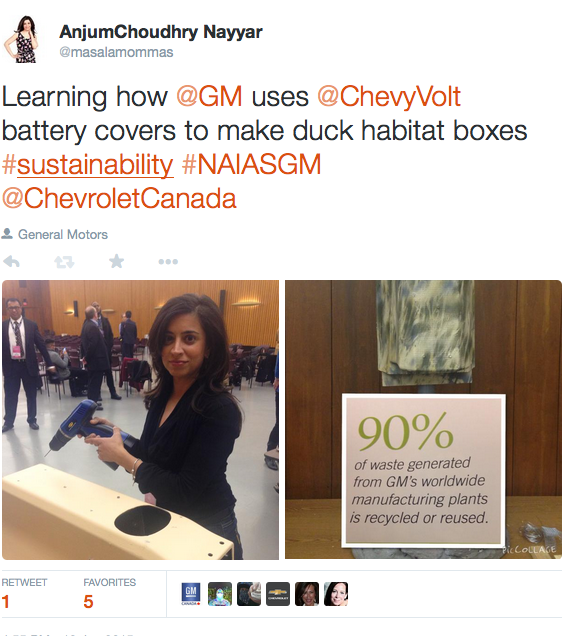
The bottom line: look for a manufacturer that understands sustainability and drives it home every step of the way.
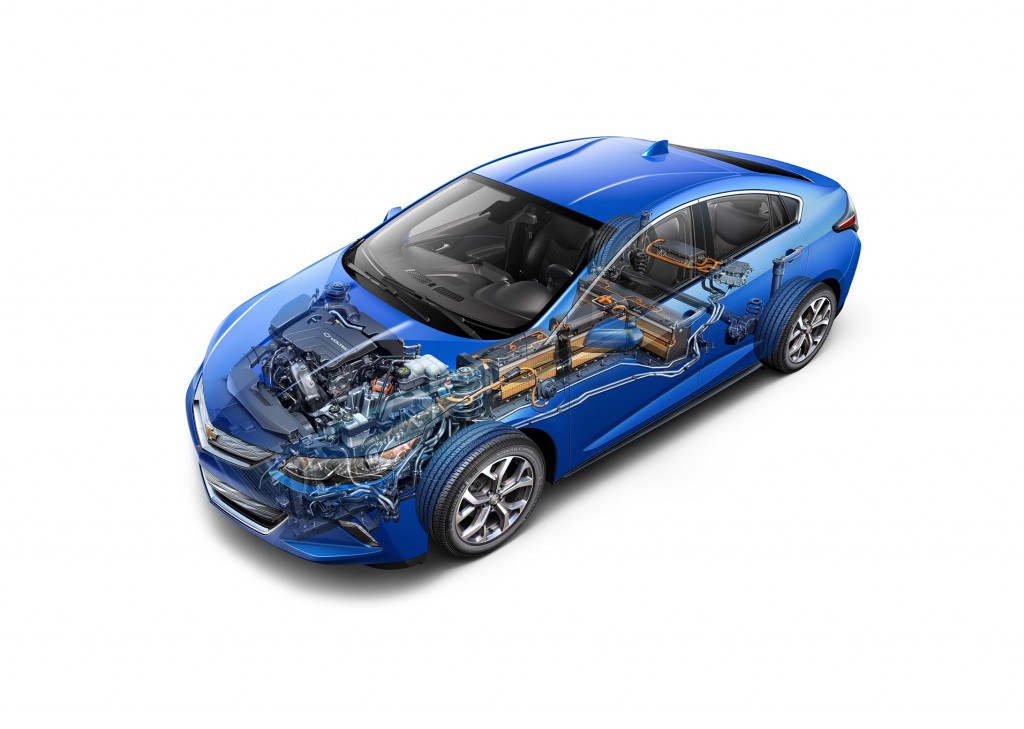
At GM’s battery lab we learned a few things that GM is doing to reduce the environmental impact of its vehicles and facilities.
Here are 6 things Cheverolet Canada and GM Canada are making an impact:
- Vehicles like the Chevrolet Volt have a new smaller, 192-cell/18.4-kWh lithium-ion battery pack and new, 111-kW two-motor drive unit. The Voltec system is up to 12 percent more efficient and approximately 100 pounds (45 kg) lighter than the previous system.
- Chevrolet makes its own batteries and is the first major U.S. automaker to design and manufacture electric motors — a core technology for hybrid and electric vehicles. To take it one step further, Chevrolet repurposes the Volt battery cases into duck houses. With this species now at an all-time low, this initiative is making a big difference in successful breeding efforts. I got a chance to make one of these battery cases and it was amazing how easy it was to make!
- Vehicles like the Chevrolet Volt allow some drivers to go a month between gasoline fill-ups if their daily commute is under about 35 miles round trip. The high-tech propulsion system delivers an EPA-estimated 35 miles of electric driving. If you deplete the electric charge, a gas-powered engine generator seamlessly kicks in to add another 340 miles before you need to refuel or recharge. The average Volt owner travels more than 81 percent of the time in pure electric mode– only using the gasoline-powered generator for longer trips.
- Today, 11 more GM facilities have hit the landfill-free milestone. Moving these 11 facilities to landfill-free helps GM avoid more than 600,000 metric tons of CO2-equivalent emissions. That’s like growing 15 million tree seedlings for 10 years. In addition, GM has 5000 acres that are certified as wildlife habitat

- The embedded technology of OnStar allows for accurate monitoring and controlling of the energy used by electric vehicles like the Volt. No other telematics service can offer these capabilities.”
- All Chevrolet Vehicles now have integrated vehicle connectivity, which allows for optimal routing, eases congestion and gives millions of driver’s time back into their day.
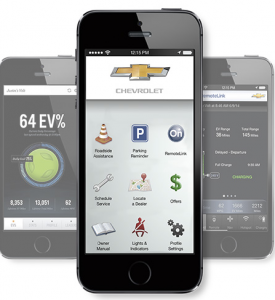
For those of you still looking for more ways to be more fuel conscious, the experts at the General Motors Energy Center have compiled 5 simple fuel-saving tips that you can start using today.
- Take it easy: We all know traffic can be frustrating, but did you know aggressive driving (higher speeds, braking frequently and accelerating quickly) can lower gas mileage by up to 33 percent on the highway and 5 percent in the city. Based on estimates from the EPA, sensible driving can save you somewhere between 10 and 80 cents per gallon!
- Keep it in tune: According to the U.S. Environmental Protection Agency, a properly tuned engine can help improve fuel-efficiency by up to 4 percent. Also, don’t forget to have the oil changed when recommended. Using the manufacturer’s recommended grade of oil can improve fuel-economy by an additional 1-2 percent.
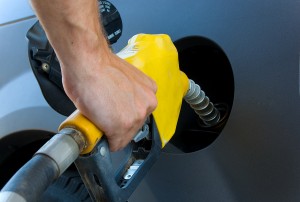
- Skip the drive-thru: The drive-thru lane may be convenient, but it’s also costing you money. For every 15 minutes of idling, your car uses up to a quarter gallon of gas.
- Inflation is key: Keeping tires at the manufacturer’s recommended pressure improves fuel-economy by up to 3 percent, which according to the EPA, is equivalent to a savings of 7 cents per gallon. An added bonus, proper inflation is safer and helps extend the life of the tire.
- Keep it light: After a road trip or running errands, it’s important to unpack your car. Extra weight forces the car to work harder and therefore, use more fuel. The EPA estimates that for every 100 pounds of extra weight in your car, fuel-economy decreases by 2 percent.


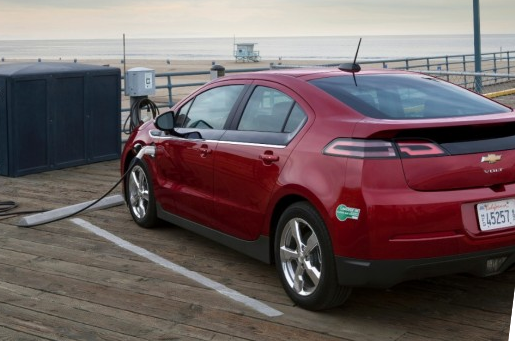
There are no comments
Add yours